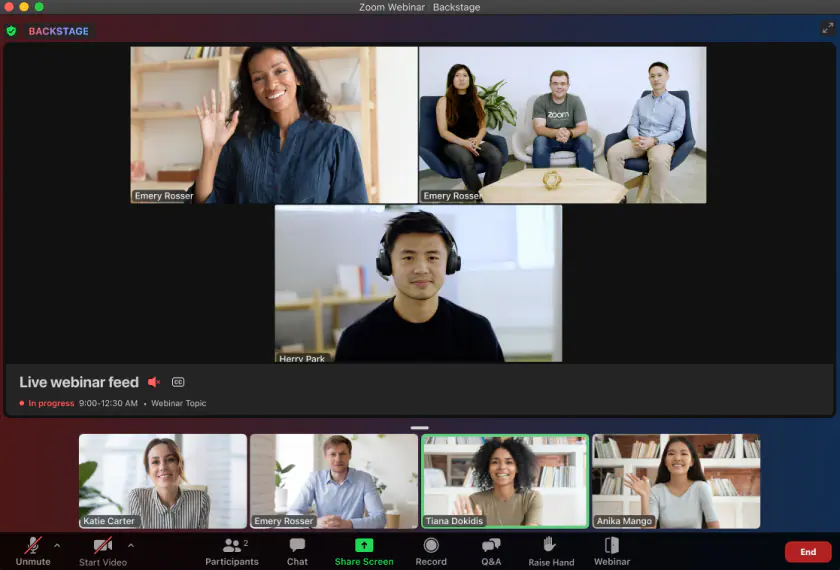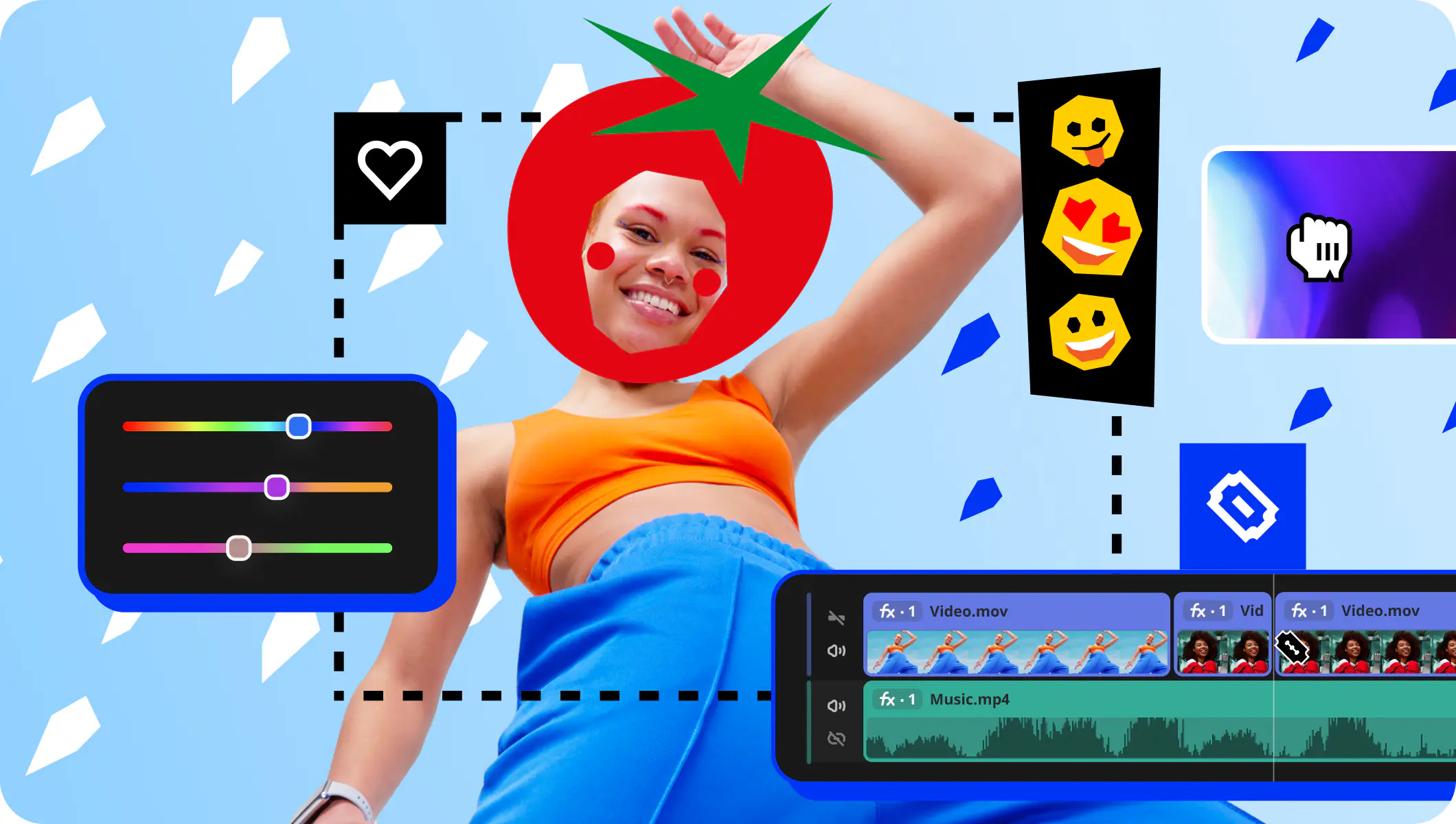A Zoom Meeting, also known as a Zoom Call, is a collaborative platform, ideal for daily meetings, project collaborations, and small presentations. It’s designed for interactive sessions where everyone can participate equally, with fewer limitations regarding who can speak and when.
One use case is daily team meetings. For example, a software development team can use Zoom Meetings for their daily stand-up, where each member discusses their progress and plans for the day. The interactive nature of Zoom Meetings allows all team members to contribute and discuss in real-time, fostering effective communication and collaboration.
Another scenario is project collaborations. For instance, a group of researchers spread across different locations can use Zoom Meetings to collaborate on a research paper. They can discuss their findings, brainstorm ideas, and use the screen-sharing feature to show relevant data or drafts. The whiteboarding and annotation features can further enhance their discussion by enabling visual explanation of complex ideas.
Zoom Meetings are also ideal for educational scenarios. Teachers can conduct interactive classes where students can ask questions and participate in discussions. The breakout rooms feature allows students to work in smaller groups on projects or discussions, simulating a physical classroom environment.
Training workshops are another great use case for Zoom Meetings. Trainers can deliver their material, demonstrate procedures through screen sharing, and facilitate hands-on activities with participant interaction. The ability to record the session also allows attendees to revisit the material at their own pace later.
In addition, Zoom Meetings have been shown to be excellent for conducting job interviews. HR professionals can interact with candidates face-to-face, even when they are in different geographical locations. They can ask questions, evaluate responses, and gauge body language, much like in an in-person interview.
These examples highlight how Zoom Meetings cater to a multitude of collaborative and interactive scenarios, enabling effective communication regardless of geographical boundaries.
Key features:
Supports up to 1,000 video participants with the enterprise license. Again, for a typical meeting, there would rarely ever be a capacity-reaching instance.
Screen sharing can be permitted from any participant. The meeting host can control these permissions.
Whiteboarding, annotation, and breakout rooms for collaboration. These have a wide variety of applications for business and education.
Video and audio recording. The recordings can be automatic or manual, and they can also be backed up in the cloud.
Virtual background and touch-up my appearance features. This can help attendees appear more professional.





